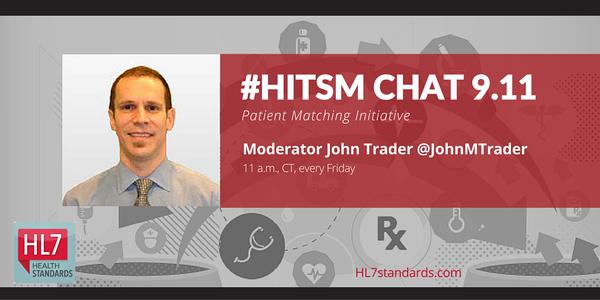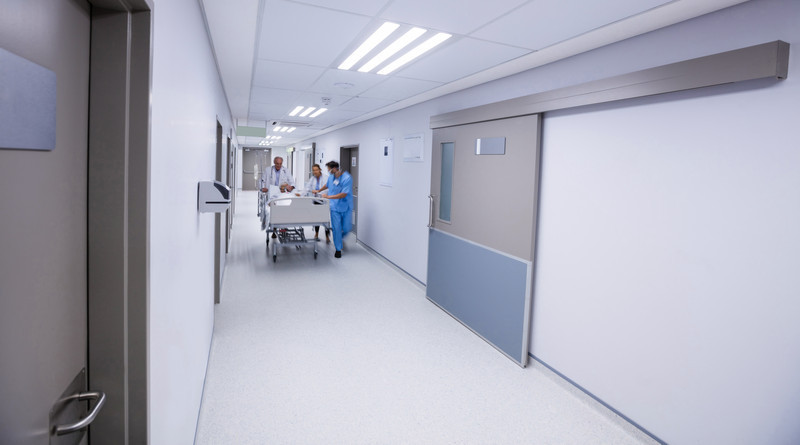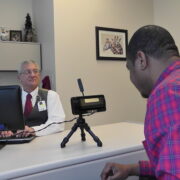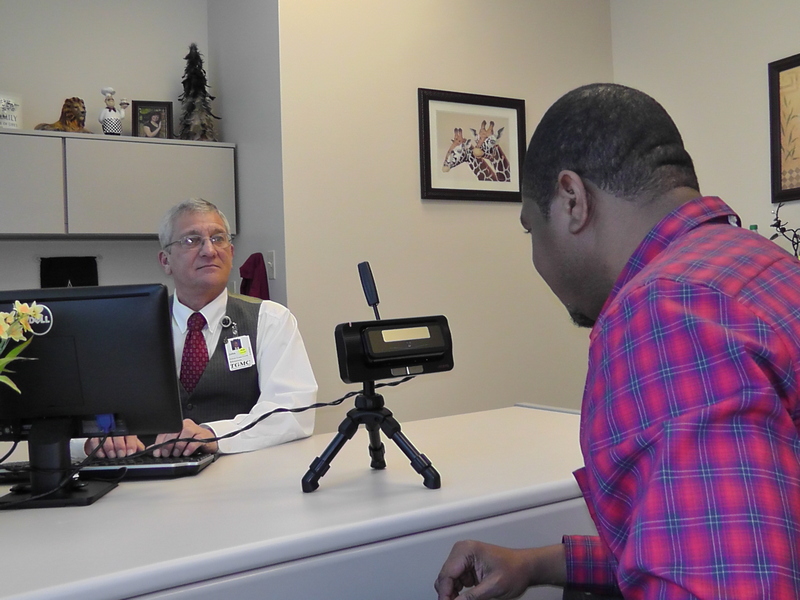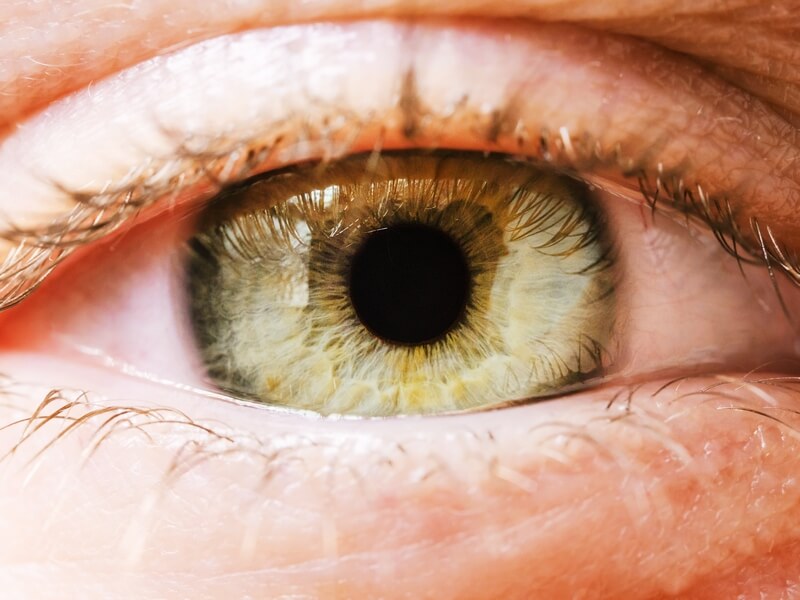Our Top Five Biometric Patient Identification Blog Posts of 2015

2015 was an important year of growth and innovation for RightPatient®. We started this blog two years ago to help educate the healthcare community on the importance of establishing secure, accurate patient identification in healthcare and to establish a trusted resource to help understand how the use of biometrics for patient ID has proven to be an important tool to help increase patient safety, eliminate duplicate medical records, improve revenue cycle management, and prevent medical identity theft and fraud.

Read through some of our most popular blog posts on biometric patient identification in healthcare during 2015
Throughout our journey, we have shared many important posts demonstrating how our hospital partners have successfully implemented biometrics for patient identification and provided real life examples of the post deployment benefits realized. Among the dozens of posts the RightPatient® team posted during 2015, the following posts were the most popular:
- Uniting Accurate Patient Identification with Secure Single Sign-On (SSO) to Improve Data Integrity in Healthcare: In an effort to help continue increasing patient data integrity in healthcare, we announced a new partnership with Healthcast, the #1 ranked single sign-on solution (KLAS, 2014) to increase patient safety and secure access to patient data.
- RightPatient® Prevents Healthcare Fraud at University Health System: Healthcare fraud and medical identity theft are two rising concerns for healthcare organizations because they jeopardize patient safety, raise the cost of care, and could lead to non-reimbursable medical procedures. University Hospital in Augusta, GA recently was able to prevent healthcare fraud in their ER through the use of the RightPatient® with photo biometrics.
- Removing the Word “Scan” from Iris Recognition for Healthcare Biometrics: Fueled by Hollywood sensationalism, iris recognition biometric identification is often depicted as “scanning” a person’s eyes with visible light. The fact is, no visible light is used with iris recognition and instead of a “scan,” iris biometrics takes a high resolution digital photograph.
- Identify Unconscious, Unknown Patients with Biometric Identification Technology: The difficulty to identify an unconscious or disoriented patient jeopardizes patient safety in healthcare. Biometric patient identification has emerged as a technology capable of identifying patients in these conditions, but did you know that not all biometric patient ID solutions have the ability to identify unconscious or disoriented patients?
- Biometric Patient Identification Implementation Should Be Higher On The Priority List: Despite the fact that accurate patient identification affects so many downstream clinical and financial activities, hospitals and healthcare organizations are still not placing enough emphasis on evaluating implementation and use of this technology as a priority.
We will continue to research and write educational and informational posts during 2016 about the rising use of biometrics for patient identification in healthcare including case studies and examples of how our technology is helping hospitals around the world to: eliminate duplicate medical records, prevent medical identity theft and fraud, increase patient data integrity, and improve patient safety. 2015 was a year of significant growth for RightPatient® as we continue working toward our mission to offer the most innovative and comprehensive patient identification solution that increases patient safety, reduces costs, improves the quality of care, and enhances the patient experience.
Curious to know more about the use of biometric patient identification in healthcare? Is there a topic that you would like to learn more about? Drop us a message at: jtrader@rightpatient.com with your ideas and suggestions!
Thank you for being a part of our blog community!















